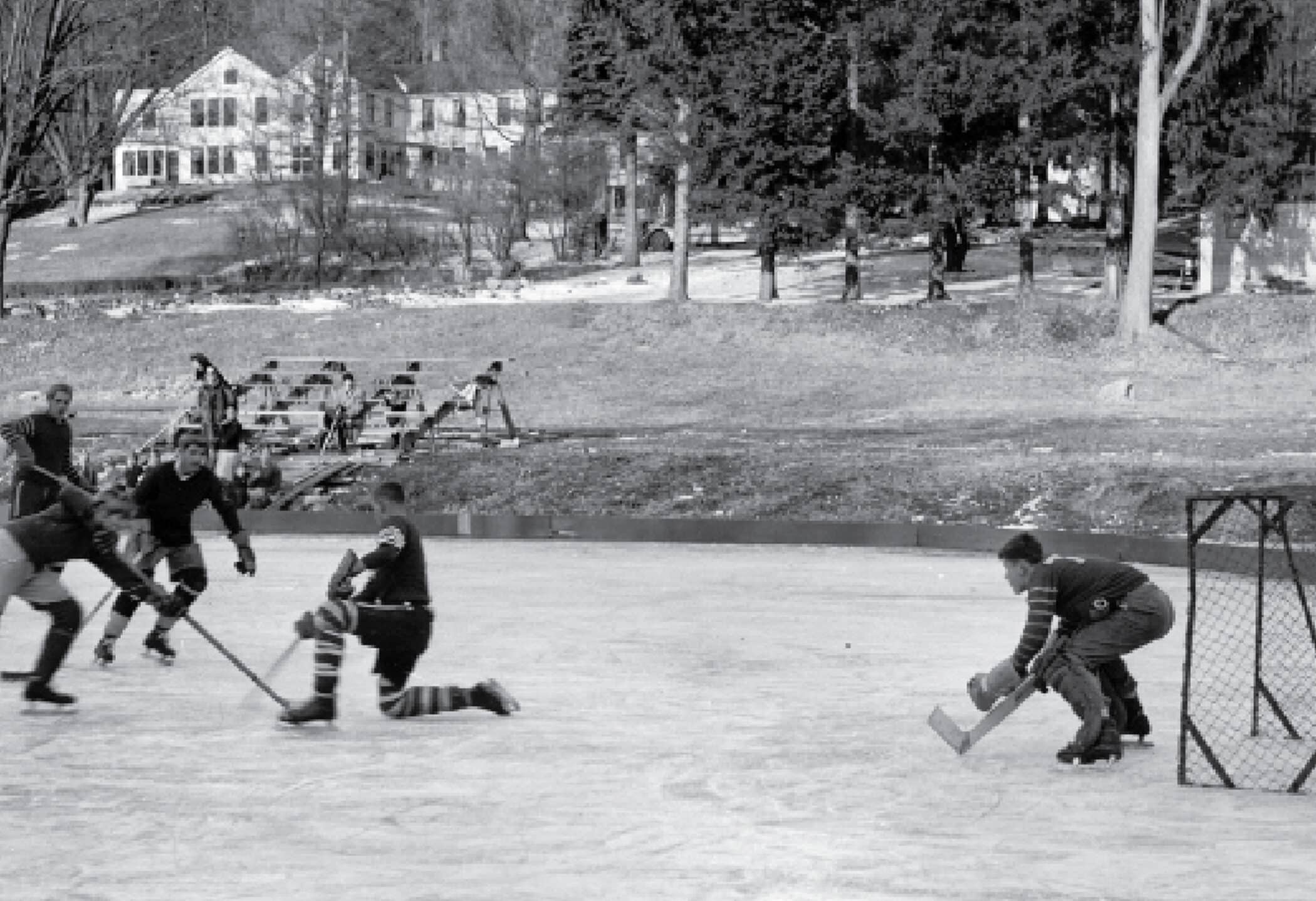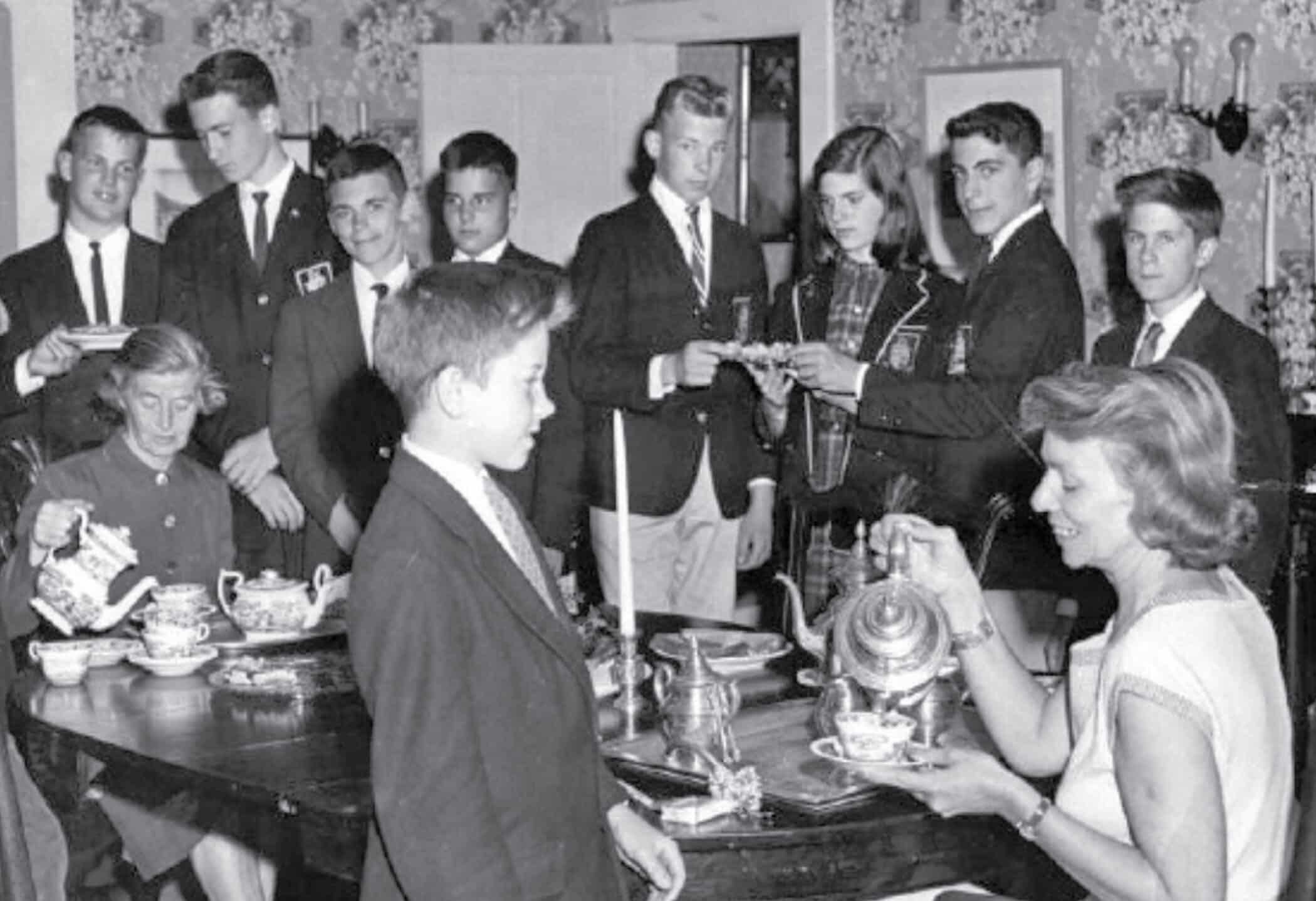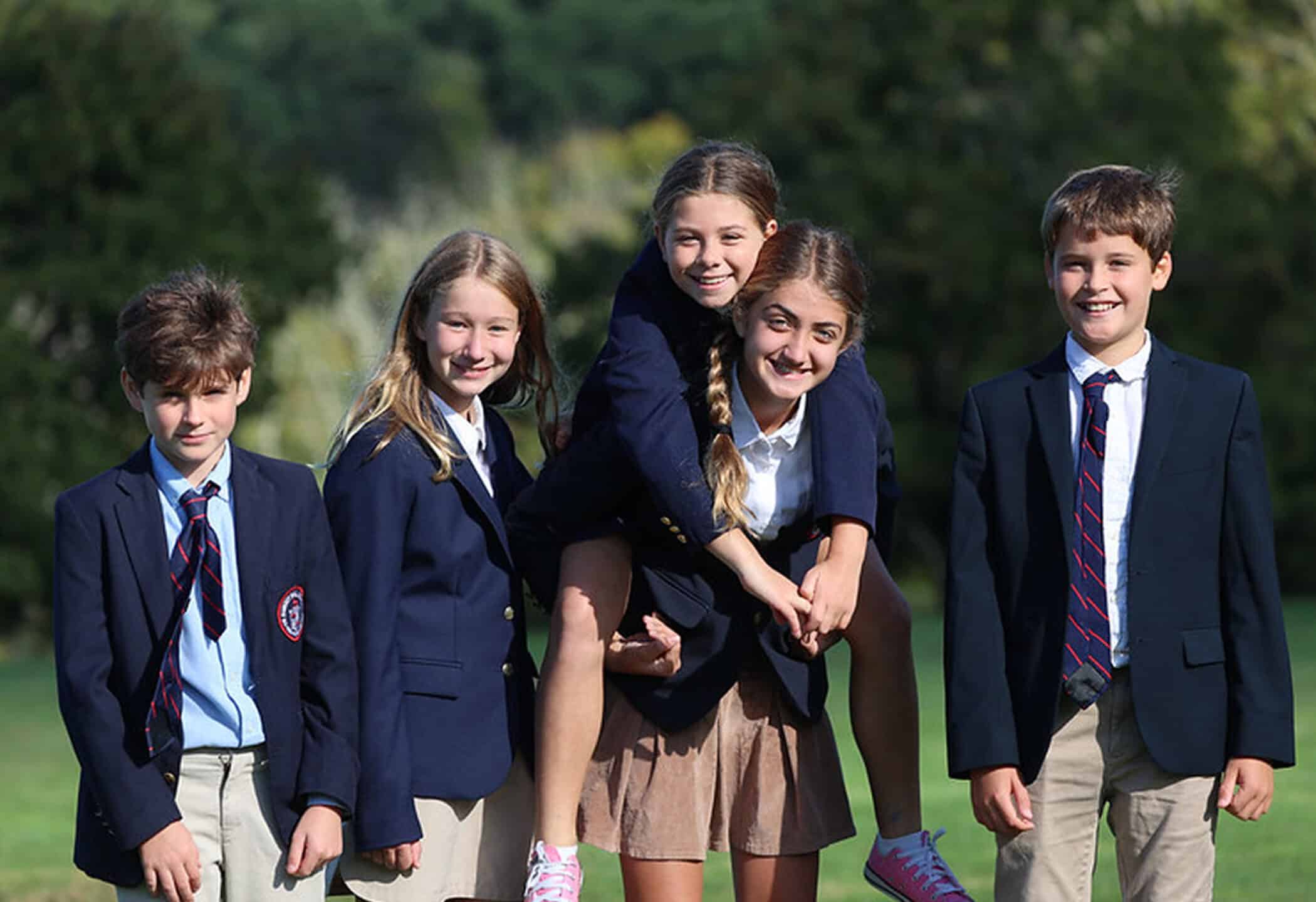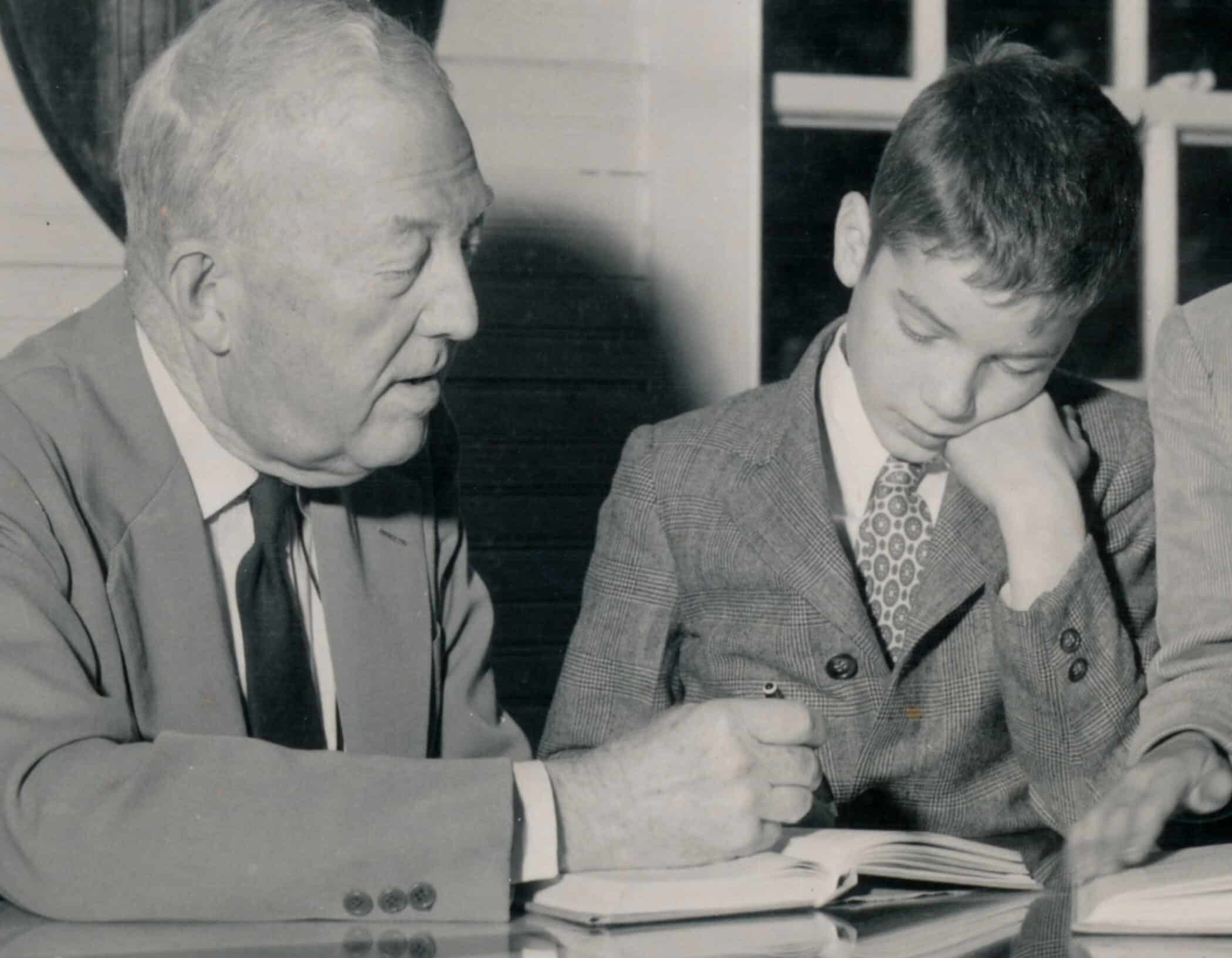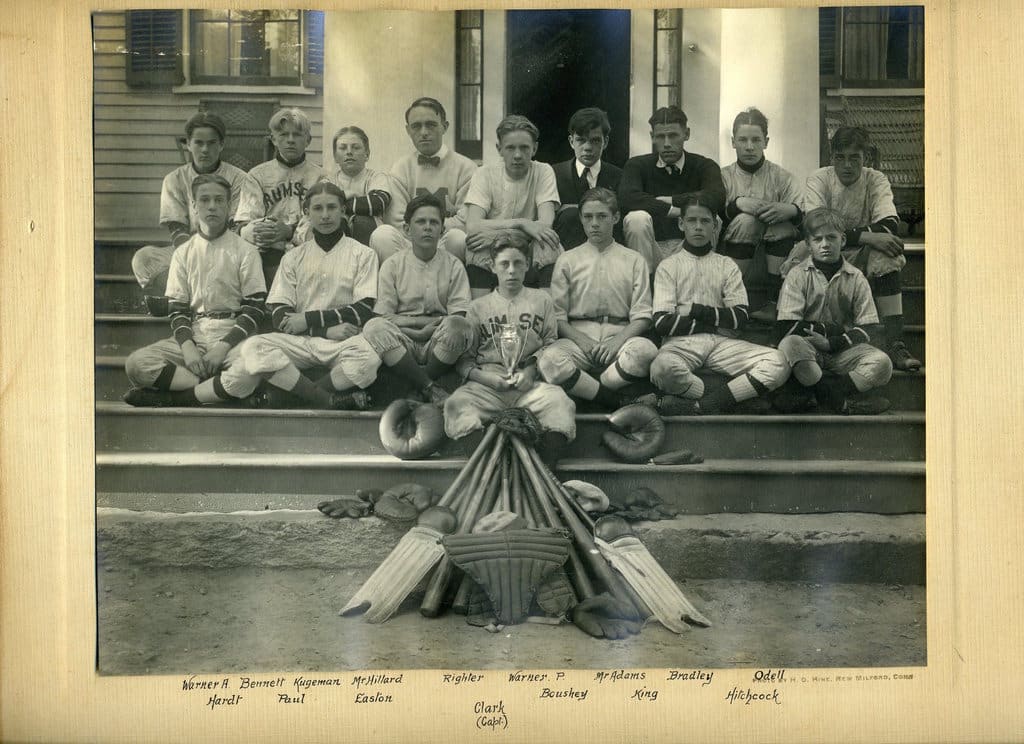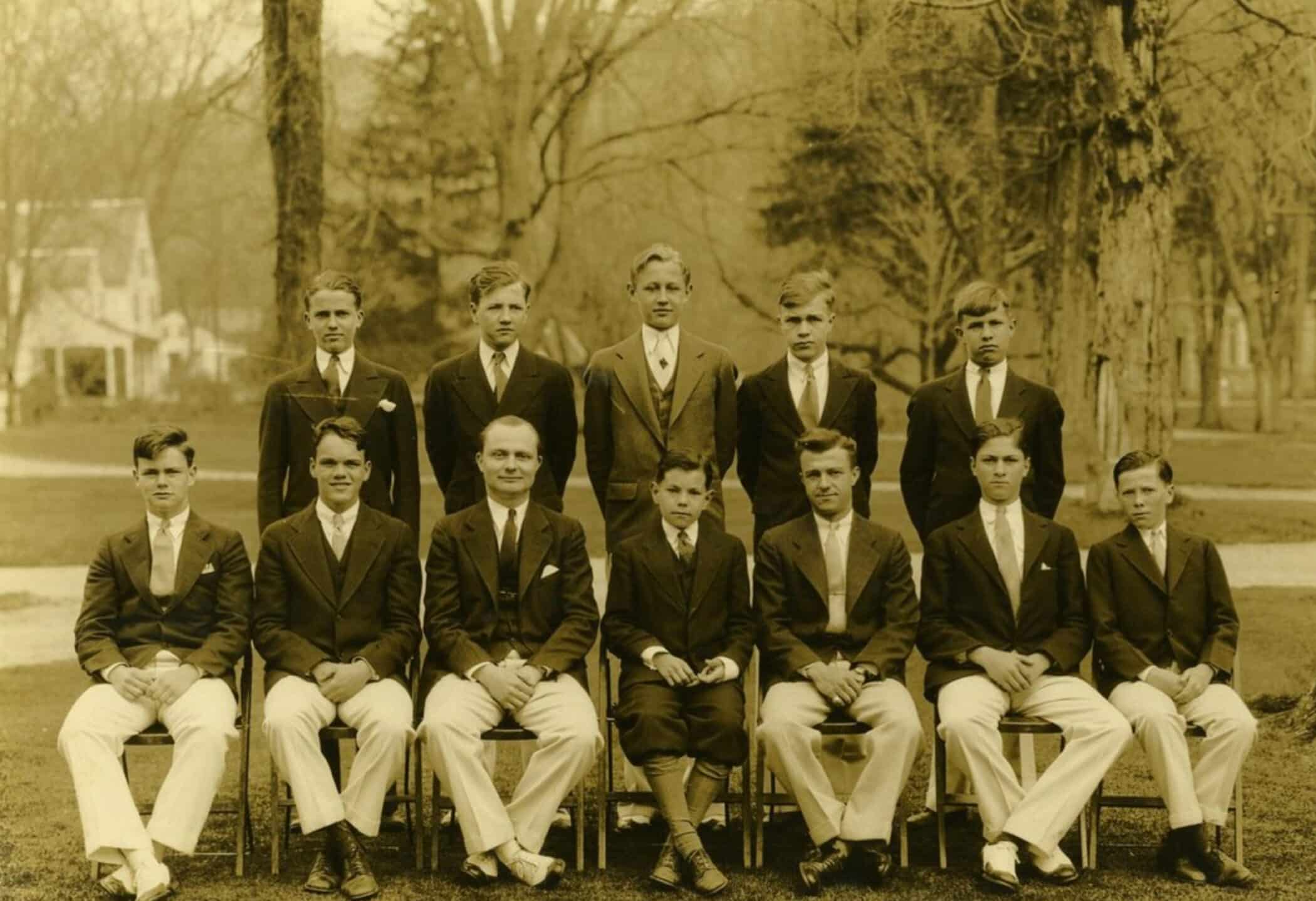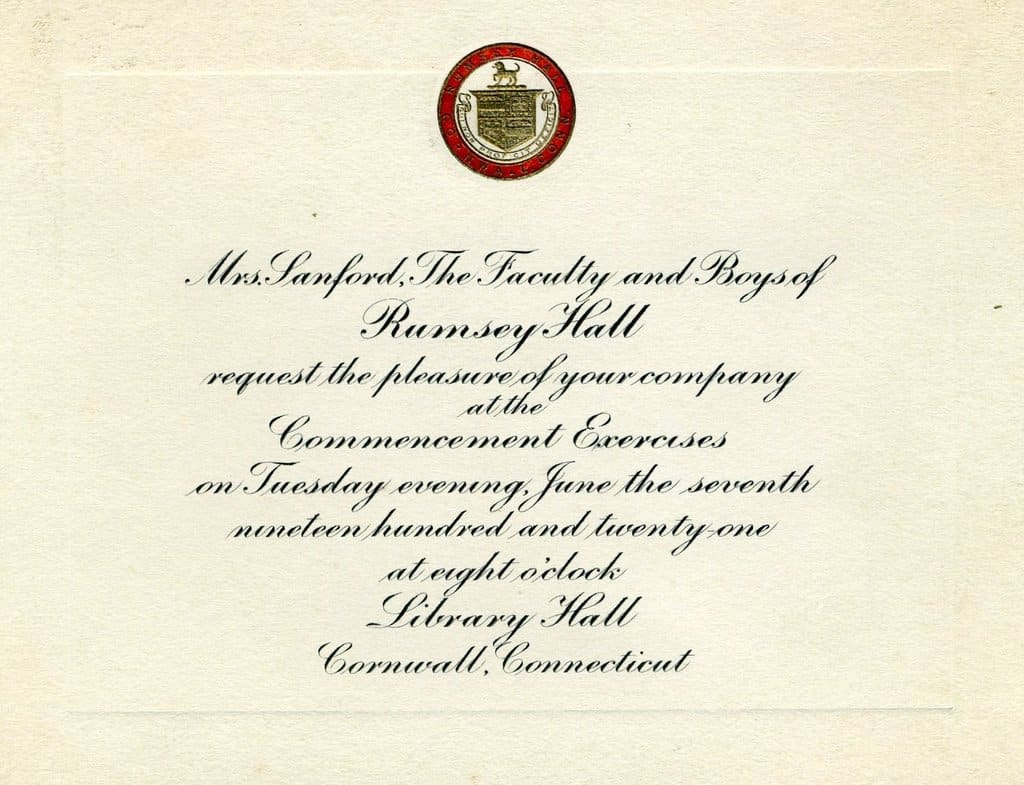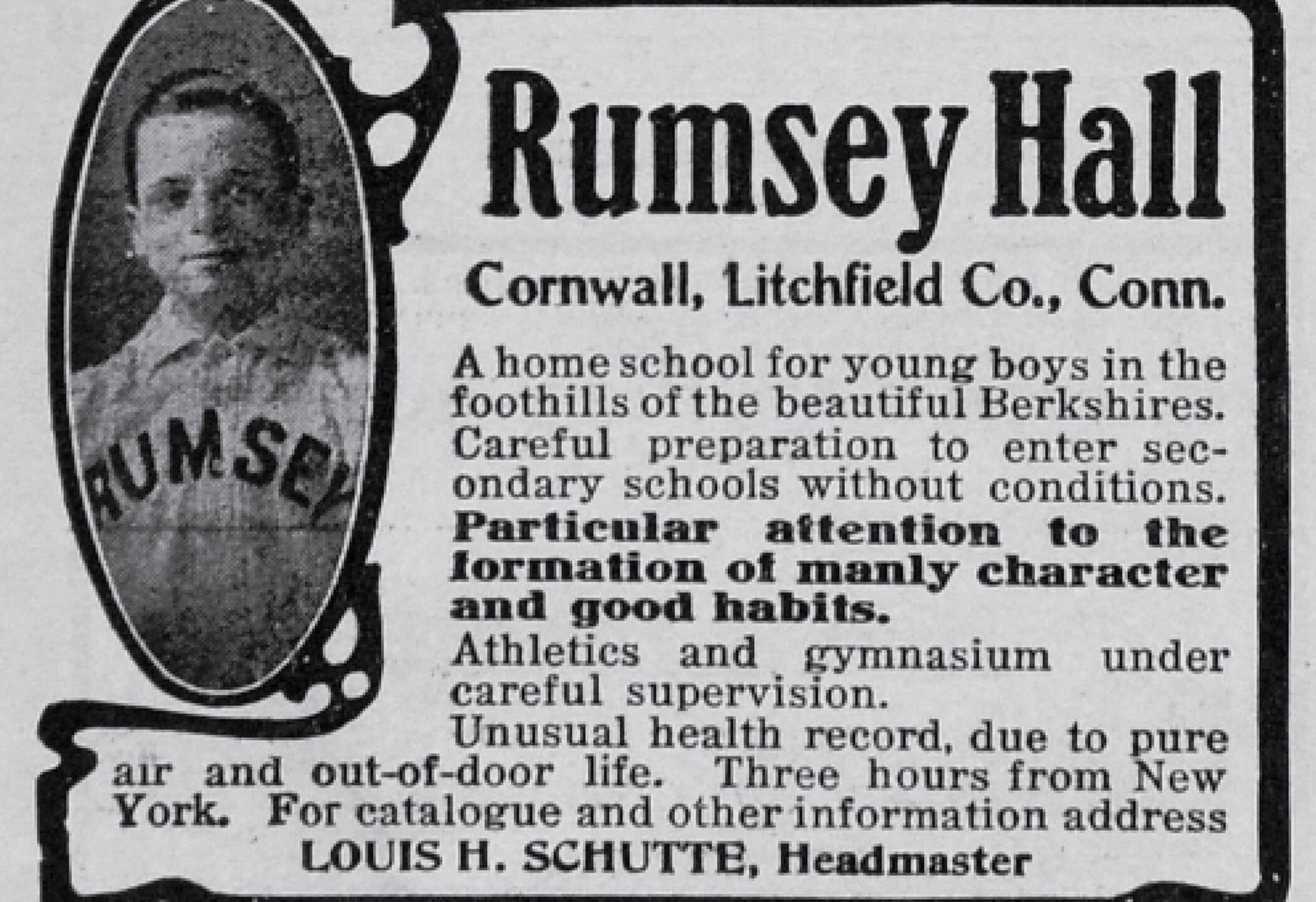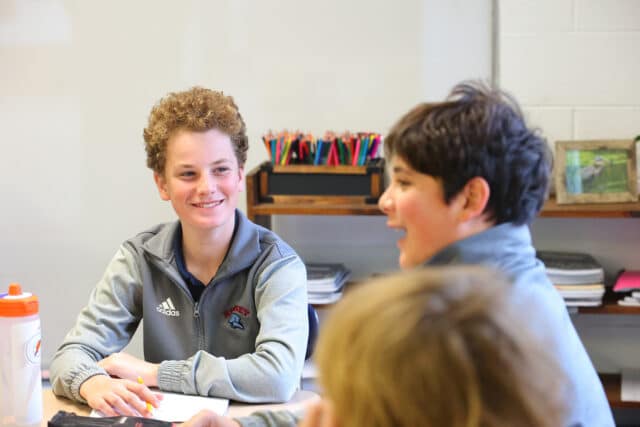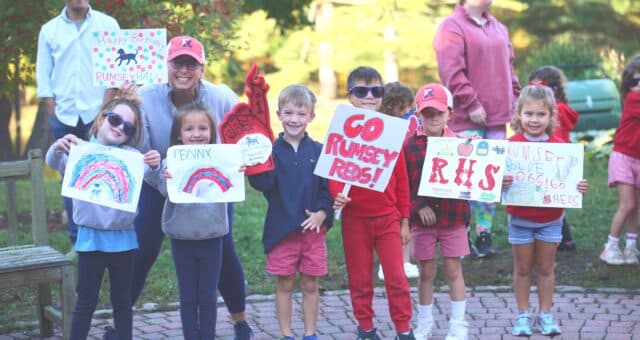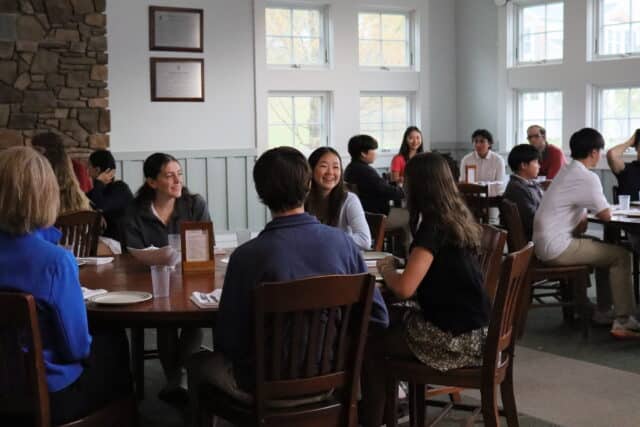On October 1, 1900, Mrs. Lillias Rumsey Sanford of Seneca Falls, New York founded the second private nondenominational pre-preparatory school in the United States. It was called “The Terrace: Mrs. Sanford’s School for Boys” and was located in a mansion which Lillias Sanford’s father had built called Rumsey Hall.
1900
Founded by Mrs. Lillias Rumsey Sanford as “The Terrace: Mrs. Sanford’s School for Boys” in Seneca Falls, NY; started with seven students.
In its inaugural year there were seven students. This was to be a “home school” for boys under thirteen years of age. Its purpose was to prepare students for the new private secondary schools, many of which had been founded during the preceding fifteen years.
1901 - 1906
Walter B. Wildman served as Headmaster; developed a structured curriculum and established the School’s reputation.
The 1900-1901 admission catalog described the program: “Great care will be taken to make the home life bright and happy, to cultivate in the young boys high ideals, and to control them by judicious means without harsh measures.”
For the first year Mrs. Sanford acted as Head of School. Walter B. Wildman was hired in 1901 and served as Headmaster until 1906. Mr. Wildman was a classical scholar who in 1898 had graduated from Trinity College in Hartford, CT, at the top of his class. He was a young man with a great deal of energy and strength of character.
For the next five years Mr. Wildman remained in Seneca Falls, working with Mrs. Sanford to develop a suitable curriculum for the school, one which would establish Rumsey Hall’s reputation in the eyes of prep school headmasters. Requirements for each of the school’s five forms were carefully worked out and implemented. The youngest students, those in the “Preparatory Form”, were introduced to English, mathematics and geography; Latin was added in the Ist Form, mechanical drawing in the IInd Form, and US history in the IIIrd Form. In the IVth (and highest) Form students studied English composition and rhetoric, prose literature, algebra, spelling, French or Spanish and Latin. In addition, they were expected to learn manners and etiquette, formal dancing, and piano, harp or violin. There was also an athletic program, which included contests with Seneca Falls teams and other schools in the area.
The catalog for 1904-1905 lists 22 of “Our Boys,” a half dozen or more were day students. Most of the boarders were from New York and there were three from Pennsylvania, and one each from Utah, Alabama, Maryland and North Carolina. When Mr. Wildman left Rumsey in the spring of 1906 for a teaching position at the Mackenzie School in Dobbs Ferry, NY, Rumsey was well established both in size and reputation.


